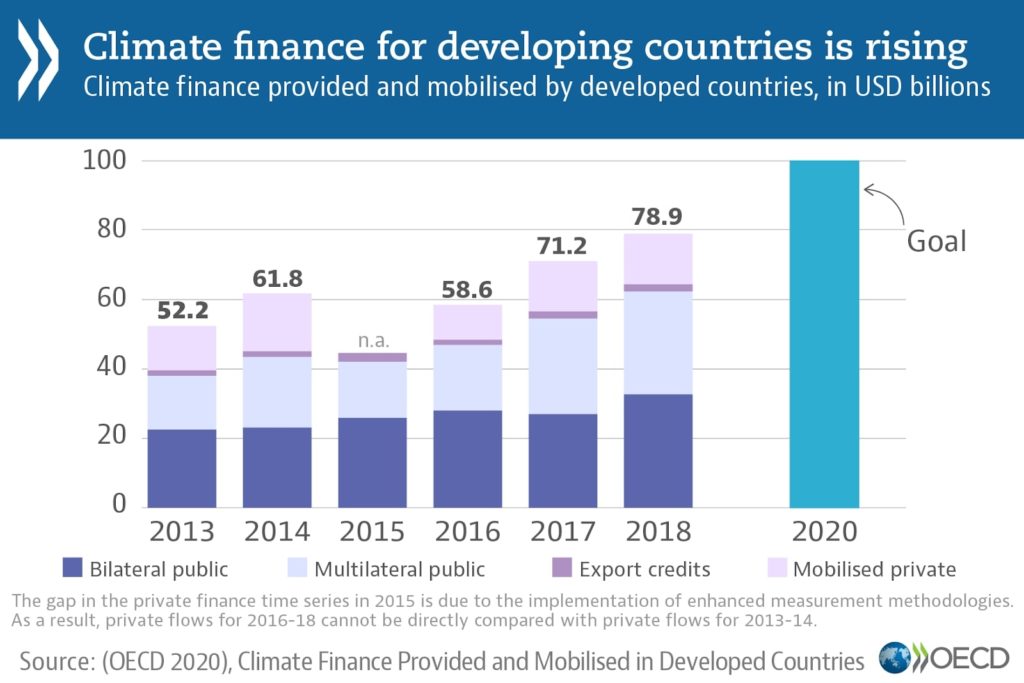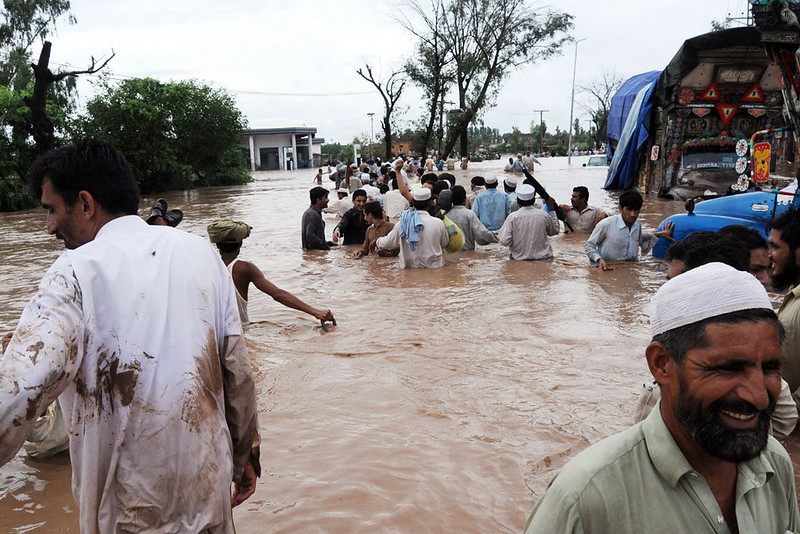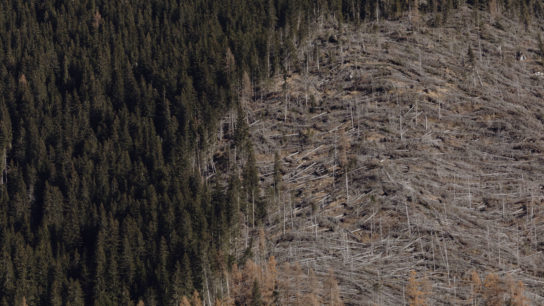A new report by the Organisation for Economic Co-operation and Development (OECD) has found that climate finance provided by developed to developing countries rose 11% to USD$78.9 billion in 2018, from $71.2bn in 2017. This increase was driven by a rise in public climate finance, while that in the private sector was flat.
—
The report, titled, Climate Finance Provided and Mobilised by Developed Countries in 2013-18 measures the progress towards the UNFCCC goal of mobilising $100bn per year by 2020 to help developing countries tackle and adapt to climate change.
Why Does This Matter?
- While public climate finance is rising steadily, private climate finance is remaining relatively flat.
- 70% of mobilised funds went to mitigation activities, 21% to adaptation and the remainder to crosscutting activities.
- Asia received the largest share of climate finance at 43%, followed by Africa (25%) and the Americas (17%).
Public climate finance from developed countries reached $62.2bn in 2018. Bilateral public climate finance accounted for $32.7bn, up by 21% from 2017, and multilateral public climate finance accounted for $29.6bn, up by 8% from 2017.
In contrast, the level of private climate finance mobilised was virtually flat, at $14.6bn in 2018, up slightly from $14.5bn in 2017. Climate-related export credits were at $2.1 billion, accounting for less than 3% of total climate finance.
You might also like: US Government Agency Report Highlights Costs Of Climate Inaction

OECD Secretary-General Angel Gurría, says, “Climate finance to developing countries continues to grow but in 2018 was still $20bn short of the 2020 goal of mobilising $100bn. Early 2019 data from the European Union and its member states, the largest provider taken collectively, indicate that bilateral public climate finance may have continued to increase last year. Donors need to urgently step up their efforts to support developing countries to respond to the immediate effects of the pandemic and to integrate climate actions into each country’s recovery from the COVID-19 crisis to drive sustainable, resilient and inclusive economic growth.”
In terms of where the mobilised funds went in 2018, 70% went to climate change mitigation activities, 21% to adaptation and the remainder to crosscutting activities. More than half of total climate finance targeted economic infrastructure – mostly energy and transport – with most of the remainder going to agriculture and social infrastructure, particularly water and sanitation.
Throughout 2016-2018, Asia received the largest share of climate finance at 43%, followed by Africa (25%) and the Americas (17%). In terms of distribution by income group, 69% of climate finance went to middle-income countries, 8% went to low-income countries and 2% went to high-income countries, with the remaining 21% allocated at regional rather than country level.
The share of loans continued to rise, reaching 74% of the $62.2bn public finance figure in 2018, up from 52% in 2013, while the share of grants decreased from 27% to 20%. The share of grants was higher to low-income countries, at 42%, while the share of loans was higher in middle-income countries, at 88%.
As the main perpetrators of global warming since the Industrial Revolution, the onus is on developed countries to help developing countries adapt to a warming world. As they were allowed to emit with no consequences, developed countries should recognise this responsibility and assist developing countries in developing and deploying low-carbon technology that will allow them to continue to develop economically while reducing their emissions.
Featured image by: Flickr

















